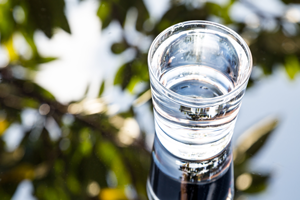Drinking Water Regulations
Overview

EPA sets legal limits on over 90 contaminants in drinking water. The legal limit for a contaminant reflects the level that protects human health and that water systems can achieve using the best available technology. EPA rules also set water-testing schedules and methods that water systems must follow.
The Safe Drinking Water Act (SDWA) gives individual states the opportunity to set and enforce their own drinking water standards if the standards are at a minimum as stringent as EPA's national standards.
Below are the drinking water rule pages grouped by contaminant type.
| Contaminant Type | Regulation |
|---|---|
|
Chemical contaminants |
|
|
Microbial contaminants |
|
|
Right-to-know rules |
Unregulated contaminants
EPA uses the Unregulated Contaminant Monitoring Program to collect data for contaminants suspected to be present in drinking water, but that do not have health-based standards set under the SDWA. Every five years EPA reviews the list of contaminants, largely based on the Contaminant Candidate List.
- EPA's unregulated contaminant monitoring program
- Drinking water contaminant candidate lists and regulatory determinations
For primacy information, see the primacy page.
America's Water Infrastructure Act
On October 23, 2018, America's Water Infrastructure Act (AWIA) was signed into law. Two sections of the law, section 2013 and section 2018, are relevant to community drinking water systems.
AWIA section 2013 requires community (drinking) water systems (CWSs) serving more than 3,300 people to develop, or update, risk and resilience assessments (RRAs) and emergency response plans (ERPs) and to certify them to EPA by deadlines specified in the law. The law also requires that CWSs review, revise as needed, and recertify their RRA and ERP to EPA every five years. For more information, see the AWIA Section 2013 webpage.
AWIA section 2018 amended the Emergency Planning and Community Right-to-Know Act (EPCRA). The new amendments require that: 1) CWSs receive prompt notification of releases that are reportable under EPCRA, section 304 and 2) CWSs are given access to hazardous chemical inventory data that is reported under EPCRA, section 312. For more information, see the AWIA Section 2018 webpage.
